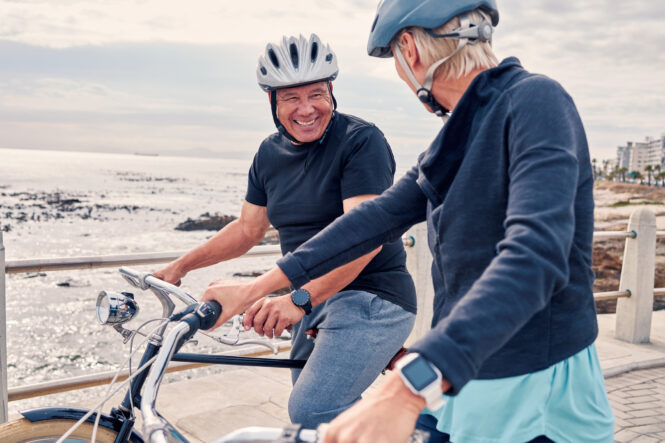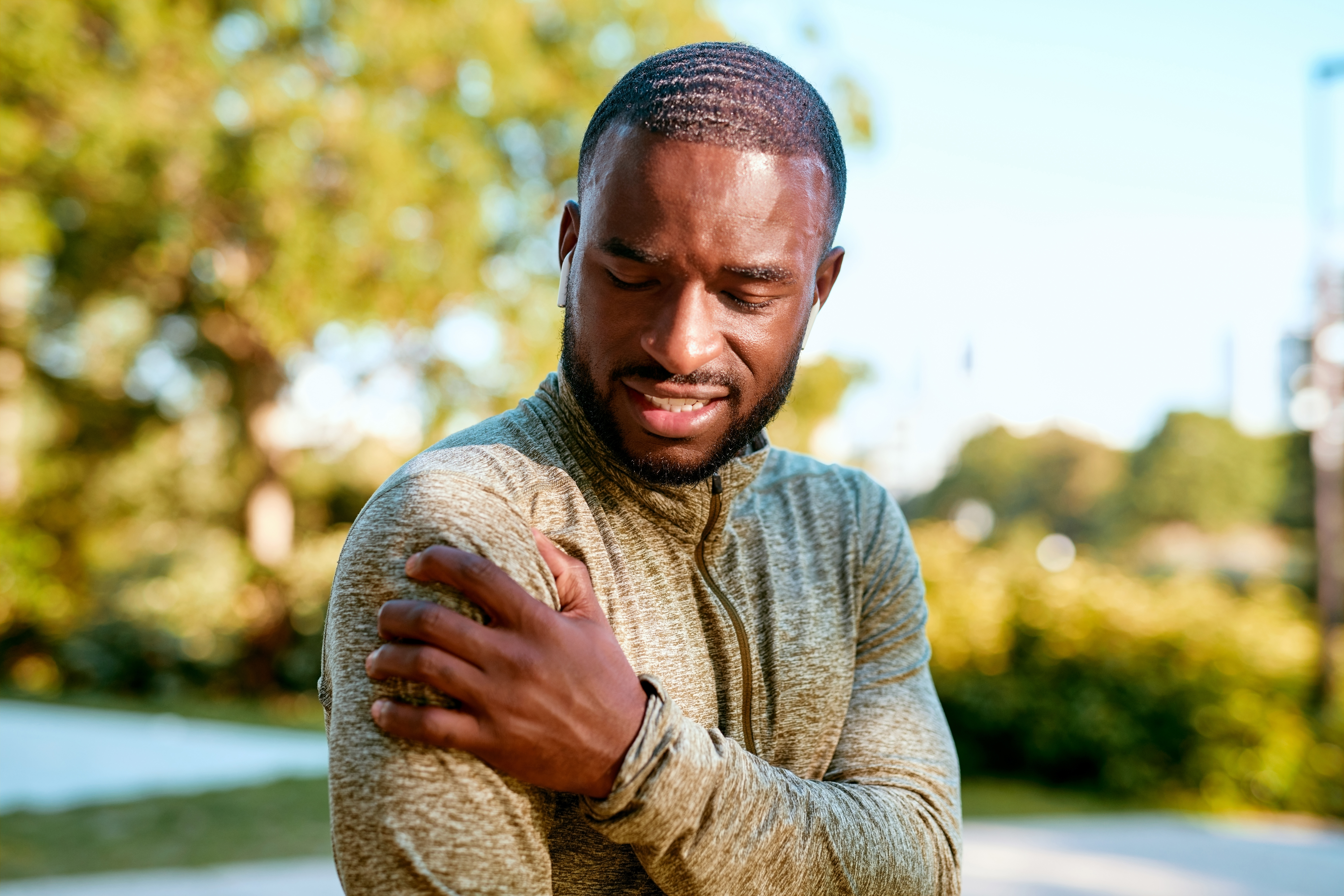Orthopedic joint implants are used to repair or replace damaged joints — enabling them to function as they once did, prior to arthritis or damage. Implant designs are continuously evolving and getting better, as device manufacturers innovate to preserve and recreate more of the patient’s native anatomy allowing patients a pain-free return to activity. One example is the OVOMotion with Inlay Glenoid Arthroplasty System — an anatomic Total Shoulder Arthroplasty (TSA) System (Total Shoulder Replacement) considered minimally invasive and a popular solution for the treatment of glenohumeral osteoarthritis (OA). This TSA System allows surgeons to leave more of the patient’s bone and joint structures intact, effectively recreating the native shape and structure of a healthy joint. Anatomic implants are pushing the boundaries of design and patient benefits even further.
Your surgeon may have an idea about which implant is the best option to get you back to your active lifestyle as quickly as possible, but don’t hesitate to ask questions about their recommendation. Here are some things to consider prior to your procedure:
- Does the implant/device have a good track record that’s backed up by clinical evidence? The ultimate goal of joint preservation surgery is to get patients back to the activities and sports they love. Ideally, the implant will have published data that confirm its effectiveness and measures the rate that patients return to work and sports. For example, a recent study of patients who were implanted with the OVOMotion with Inlay Glenoid Arthroplasty System demonstrated “excellent early to midterm clinical and radiographic outcomes after TSA (total shoulder arthroplasty)…Rates of Return to Sport [RTS] were excellent.”
- How common are complications and revision surgeries? Following any joint replacement procedure, the last thing a patient wants to experience is more pain and post-op complications. Prior to undergoing a procedure, patients should inquire about re-operations and readmissions in the first 90 days. Studies performed on implants like the OVOMotion track this important metric to reduce health care cost and improve quality outcomes for patients. The OVOMotion showed no readmissions and no revision surgeries within the first two years. This is significant since readmissions are believed to be an indicator of suboptimal care.
- What sorts of results do patients have? This question and the one below are probably the most critical. Are patients who have had the same implant happy with the outcome? Do they have a good range of motion? Have they returned to their active lifestyle? Clinical studies in addition to patient anecdotes are a good measure here. In the same OVOMotion study, patients reported greatly reduced pain post-surgery, significant increases in range of motion, and were very satisfied with their surgical outcomes.
- Can I return to sports following surgery? How quickly patients can get back to sports is called the return to sport rate, which is typically measured in months. The return to sport rate for the OVOMotion with Inlay Glenoid Arthroplasty System was short, according to the study and no activity restrictions were placed on patients after 4-6 months. It is important to note that certain traditional joint replacement systems place significant restrictions on activity levels allowed post-operatively.
Are you curious whether an implant is right for you? Would you like to find a physician to talk you through the options? Check out our find a doctor tool.




